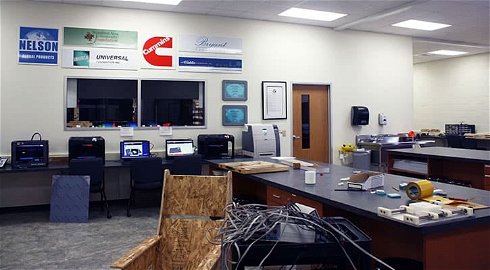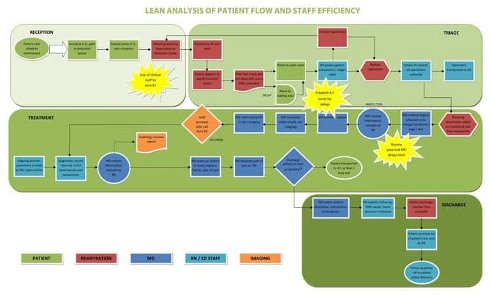
As young designers, students with vast imaginations and curiosities are continuously looking to expand on their creative ideas. In less than a decade, Fabrication Laboratories (Fab Labs) have emerged across the globe to meet these growing needs and work alongside our emerging technology.
Read More